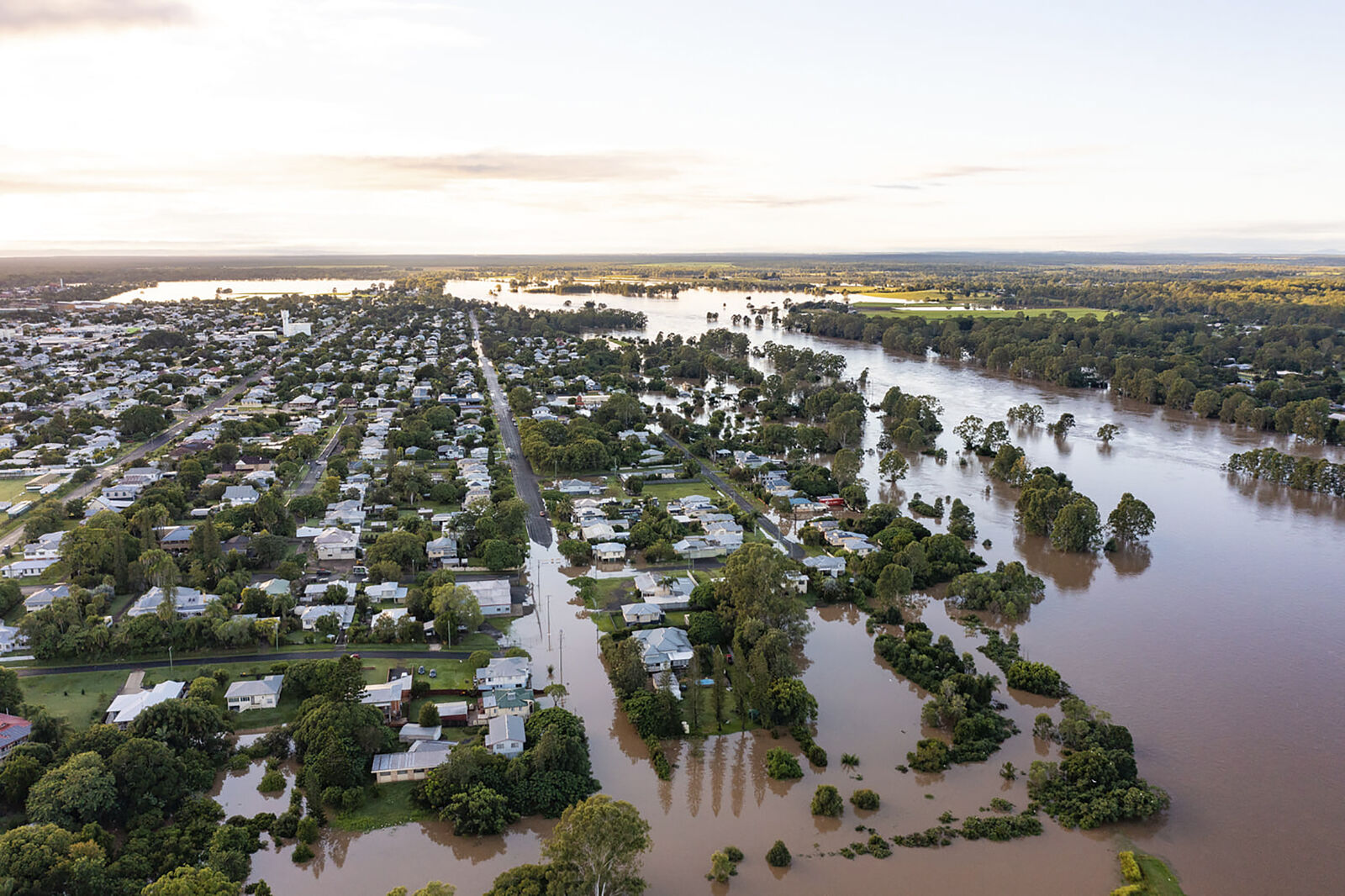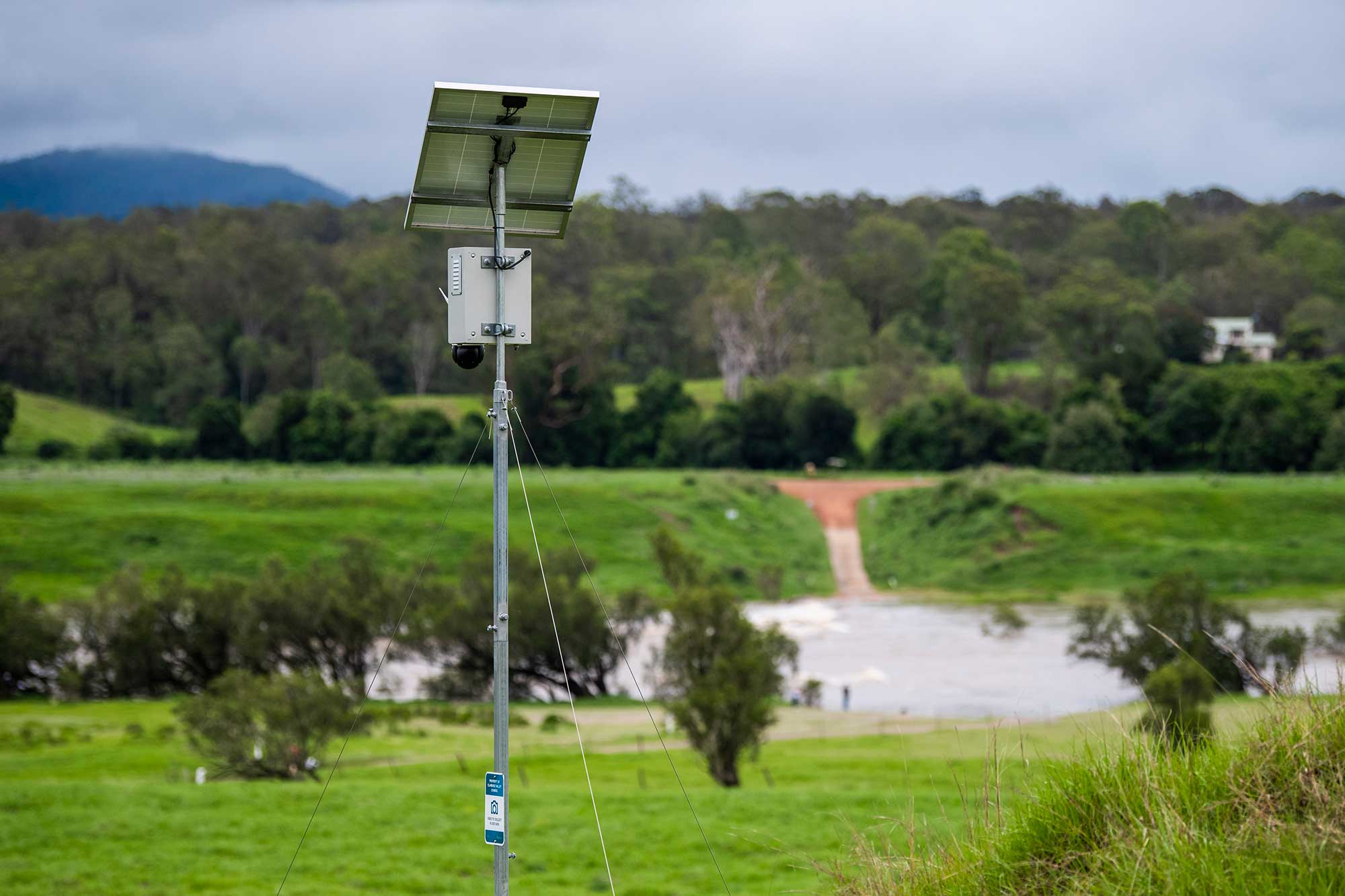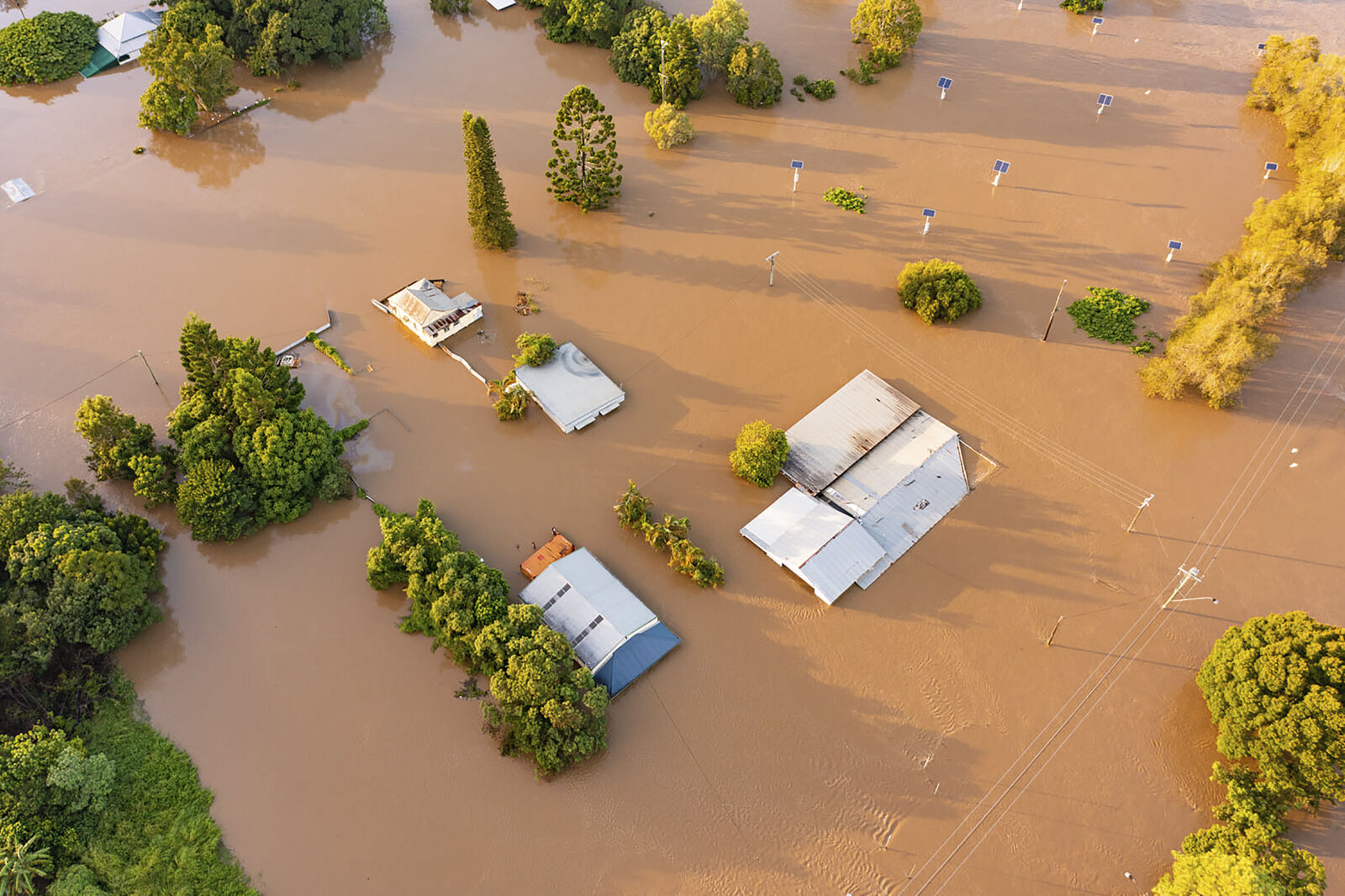The unprecedented floods in Queensland and New South Wales this February have changed how we look at natural disasters forever. Just last week, we thought we could pretty much rely on historical data and anecdotes from those who have lived through previous events. The flood gauges dotting our rivers, roads and bridges lulled us into believing there was a finite height, never to be exceeded, of our waterways.
Those ideas have been washed away – we have discovered that there is no limit to how devastating, how high and how broad a flood can be. There is no limit to the personal tragedy and loss of life, property, and possessions.
Residents of heavily impacted areas will be dealing with the emotional toll for years to come, as well as picking up the pieces of shattered homes and businesses.
Nobody – not weather professionals, not data scientists, not long-time residents who thought they’d seen the limits of their local waters could have predicted the tragedy that’s still unfolding as we speak.
It’s now a stark fact – we can expect the unexpected from now on. Unimaginable floods, bush fires on scales previously unthinkable, long and devastating droughts. We have been warned.

Local Council leading the way
Once we have accepted that we can expect the unexpected into the future, we start looking at what we can do to be prepared, forewarned and forearmed. The Clarence Valley Council in Northern NSW recently installed a Flood Monitoring system at first underwater points across the Valley, just in time to be tested in recent days. Residents can go to Council’s website and see, in real-time, video footage of their local waterways and crossings.
A woman recovering from the deluge in the Copmanhurst pub yesterday told us how these cameras had been a help and comfort. She said watching where the waters were and how fast they were rising gave her and her family the warnings they needed – that they shouldn’t try and drive anywhere, that the waters were coming up quickly and that they needed to start preparing their home for a potential deluge. Now, she’s glued to the footage to watch the waters recede and see when the bridge that connects her to town, supplies, family and friends is safely passable.
Council has been saved hundreds, if not thousands, of call-center hours now that residents can see local conditions for themselves and has been able to deploy work crews and flood response efforts in a more efficient and targeted way.

Designing the future
Flood monitoring systems such as the Clarence Valley Council initiative are far more than simply live streaming video tools, valuable as they are during flood events. They can also collect data to be used to design better early warning systems and give data scientists so much more information to use in flood predictability mapping.
Robust tools for better disaster planning and management into the future.
Local company, global vision
Barko Security, the company that has designed and developed this Flood Monitoring System, will soon be working closely with insurance giant IAG to work on data capture technologies with their RVT cameras. This will contribute to more accurate climate modelling and insurance underwriting for the agricultural sector across the Asia Pacific region.
Acts of God are way outside of our remit, but understanding what the future may hold and working together to come up with every tool possible to assist in preparing and supporting us – whether as individuals, business or government, has to be a positive way forward as we face an uncertain future.

